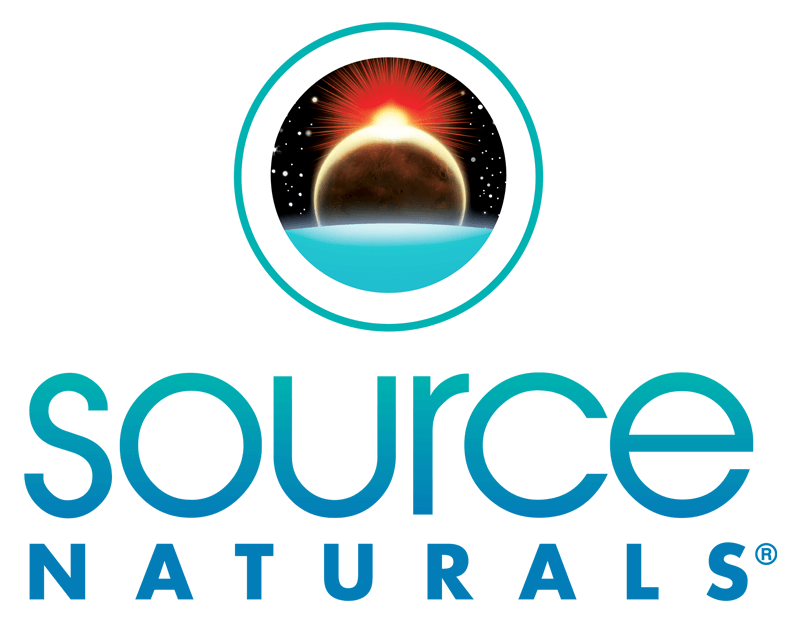
The more researchers look at vitamin D, the more essential health benefits they find. They also estimate that more than 40% of US adults have a vitamin D deficiency. If you’re trying to live your healthiest life, understanding the vitamin’s benefits and how to get enough of it yourself is a big deal!
Master of All
Okay, maybe not all…but nearly every organ and cell in your body has a vitamin D receptor, which means that they have a need for D. Scientists have likely only begun to understand the vitamin’s numerous physiological roles:
· Better bones: Your body needs vitamin D for absorbing calcium and phosphorus, and for promoting bone growth; it’s essential for maintaining a healthy skeletal system. Researchers estimate that vitamin D is involved in the regulation of some 2,000 genes.
· Impressive immunity: Vitamin D regulates a variety of functions in the cells of the immune system, including inhibiting monocyte production of pro-inflammatory cell signaling proteins associated with oxidative stress.
· Long life: An impressive meta-analysis of multiple studies concluded that people who take vitamin D supplements for more than 3 years have a lower risk of mortality. Data from the trials, in which participants took either vitamin D supplements or a placebo, indicated a functional relationship between vitamin D intake and life expectancy.
3 Ways to Get Your Vitamin D
As a fat-soluble vitamin, D is absorbed in your small intestine along with dietary fats. It’s processed and then stored in fat cells, creating a bit of reserve for your body to draw from if dietary sources run low—but that reserve needs replenishment, so you need an incoming supply daily.
There are 3 ways to get your vitamin D:
· Sunlight — Your skin can make 90-100% of your daily vitamin D requirement from sunlight, given enough sun exposure. Given that modern life is trending indoors, that source can be extremely variable for many reasons, including the season and amount of time you can spend outdoors. When you do get outside, using an SPF 30 sunscreen to protect against damage can also inhibit more than 90% of your skin’s vitamin D production. And people with darker skin don’t produce vitamin D as efficiently as those with lighter skin.
· Food — Vitamin D occurs naturally in few foods, like fish, beef liver, and egg yolks. The typical Western diet is often quite low in good sources of this vitamin; most Americans’ vitamin D comes from fortified foods such as milk and cereal products.
· Supplements — Dietary supplements provide a reliable option to ensure you’re getting the recommended daily allowance (RDA) of vitamin D when sunlight and diet alone aren’t enough. Adults need 600 IU/day, although many health professionals may recommend a higher intake. Your body’s ability to produce vitamin D declines with age; for adults over 70, the RDA increases to 800 IU/day. The good news is that the pills are small and very affordable.
The more we look, the more we understand about all the roles that vitamin D plays in our health—stay tuned to the science to see what comes next.
References:
There’s so much to learn about how vitamin D works for your body. Here are the references we used for this article.
C Aranow, “Vitamin D and the Immune System,” Journal of Clinical Investigation 59, 2011. Accessed 1/17/19.
Colleen Moriarty, “Vitamin D myths ‘D’-bunked,” YaleMedicine.org, 3/15/18. Accessed 1/22/19.
Harvard Men’s Health Watch, “Vitamin D and your health: Breaking old rules, raising new hopes,” February 2007. Accessed 1/22/19.
Institute of Medicine (US) Committee to Review Dietary Reference Intakes for Vitamin D and Calcium, “Dietary Reference Intakes for Calcium and Vitamin D,” National Academies Press (US), 2011. Accessed 1/17/19.
Jamie Ludwig, “How much vitamin D do you need? How your age, sex, location, and health can affect your recommended intake,” EverydayHealth.com, 1/30/18. Accessed 1/22/19.
J MacLaughlin & MF Holick, “Aging decreases the capacity of human skin to produce vitamin D3,” Journal of Clinical Investigation 76, 1985. Accessed 1/17/19.
KY Forrest & WL Stuhldreher, “Prevalence and correlates of vitamin D deficiency in US adults,” Nutrition Research Journal 31, 2011. Accessed 1/22/19.
MF Holick, “Evidence-based D-bate on health benefits of vitamin D revisited,” Dermato-Endocrinology 4, 2012. Accessed 1/17/19.
Ryan Raman, “How to Safely Get Vitamin D from Sunlight,” Healthline.com, 4/28/18. Accessed 1/22/19.
Taylor Jones, “9 Healthy Foods That Are High in Vitamin D,” Healthline.com, 9/12/18. Accessed 1/22/19.
Y Zheng, et al., “Meta-Analysis of Long-Term Vitamin D Supplementation on Overall Mortality,” PLoS One 8, 2013. Accessed 1/17/19.









